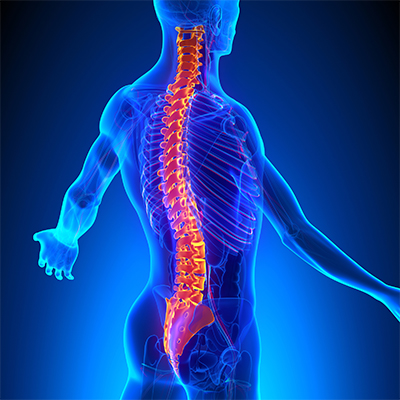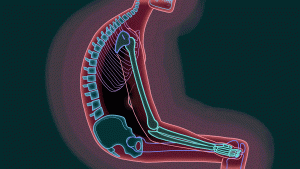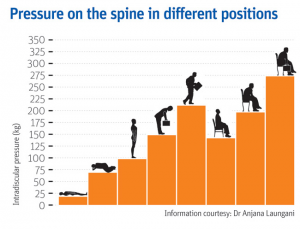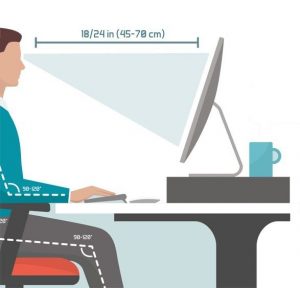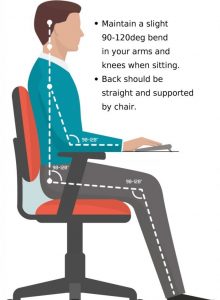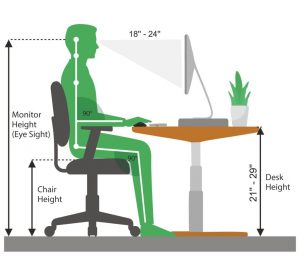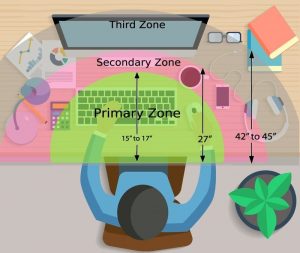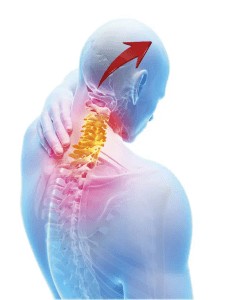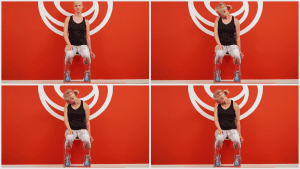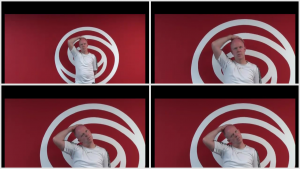EASY STRETCHES DESK STRETCHES
Sitting at a desk working, studying or surfing the net for long hours at a time makes it extremely difficult to maintain proper posture. That’s because our bodies are not designed for hours of idle sitting. So as the clock gets ticking many of us have the tendency lean forward, slouch our shoulders and hunch our backs.
Unfortunately, this increases pressure on multiple areas in your body. This explains why most of us experience pain and stiffness in our neck, shoulders, back and in some cases your tailbone!
So what do I need to do you ask?
The answer is simple, STAND, MOVE AND STRETCH!
It sure does sound easier said than done, especially if you are pressed with time to complete set work tasks. BUT the good news is that stretching or moving is a buildable habit that can be easily implement as you work. It doesn’t take long!
For starters set an alarm to take micro 2–3-minute break for every 20-30 minutes. Use this time to stand up, walk over to a colleague, go for a toilet break, drink water or make yourself tea or a coffee.
Or try out these simple easy stretches while you sit or stand at your desk
So let’s get started!
SPINAL TWIST:
- Sit up tall, relax your shoulders
- Cross one leg over the other, then place your opposite elbow on your top thigh.
- Take a deep breath and as you exhale slowly twist your body (not your neck) and look over your shoulder.
- Hold for 10 seconds.
- Slowly return to resting position and repeat on the other side.
BACK ARCHES
- Sit tall, set your feet flat on the ground hip-width apart.
- Rest your hands behind your hips, then slowly arch your back as you gently tilt your head back.
- If you experience pain or discomfort in your neck or tingling in your arms – do this stretch without head tilt.
- Hold for 10 seconds, return to start and repeat
ARM REACHES
- Sit up tall with your feet flat on the ground.
- Interlace your fingers and stretch your arms straight as you turn your palms up to the ceiling.
- Hold this position for 10 seconds and repeat
SHOULDER CIRCLES
- Sit or stand up tall, feet hip width apart
- Relax your arms and shoulder, begin by rolling your shoulder backward in a circular motion.
- Do this 5 times, repeat forward circles
NECK CIRCLES
- Sit or stand up tall, with feet planted flat on floor
- Slowly begin to roll your head in a clockwise position
- Do this 20 seconds, then repeat in a counterclockwise direction
CHEST STRETCH
- Stand close to wall or a door frame
- Place your forearm in a 90-degree angle at shoulder height.
- Take one step forward on the leg closest to the wall and slowly rotate your chest away until you feel a stretch across your chest.
- Do not hunch or round your shoulders.
- Hold the stretch for 20 seconds, repeat
- Do this both for both sides
BACK EXTENSIONS
- Stand with your legs at hip width apart and straight.
- Place your hands on your hips.
- Lean your body backwards, trying to arch in the lower back as much as you can, lifting your chest up towards the ceiling.
- Try to avoid allowing your hips to swing forwards too far.
- Hold this position for 10 seconds, return to start position & repeat 5 times.
FLOOR REACHES
- Sit on a chair with upright posture
- Slowly bend forward to plant your hands on the floor.
- Hold for 10 seconds, return to start
SHOULDER BLADE SQUEEZE
- Start in an upright position.
- Practice bringing your shoulder blades back and down.
- Picture gently drawing your shoulder blades towards the centre of your lower back.
- This is a subtle movement, ensure you do not over strain your shoulder blades when performing this action.
- Hold for 10 seconds, repeat 3-5 times
SHOULDER BLADE STRETCH
- Clasp your hands together and hold them in front of your body.
- Push your arms as far forward as you can whilst rounding your shoulder blades.
- Gently drop your chin down to your chest.
- Hold this position while you feel a stretch between your shoulder blades.
WRIST STRETCHES
- Stretch out your arm straight in front of you with your palm facing away
- Use your opposite hand to gently pull your palm back
- Hold for 5 seconds, repeat with your palm facing your body













